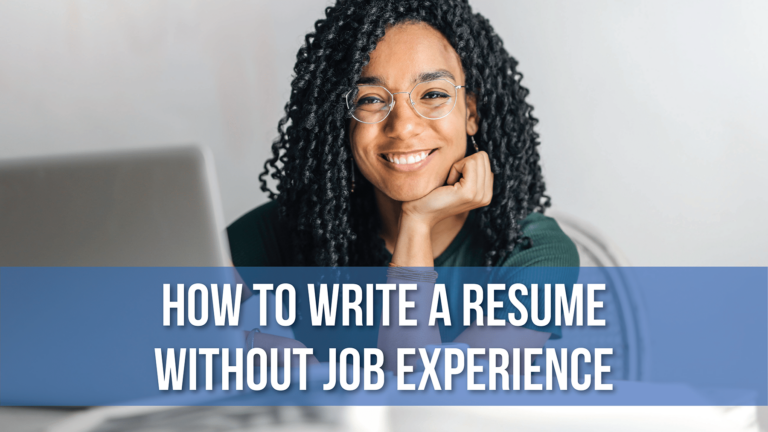You’re Qualified, So Why Didn’t Your Resume Make the Cut?
The key to landing an interview is to make your resume stand out from all the rest… but not in a bad way.
Most job seekers know a well-written, proofread resume is essential to landing an interview. But what if you have a perfectly edited resume and all the right skills and qualifications, but it doesn’t make the cut? There are still plenty of smaller mistakes that can prevent someone with the right experience and perfectly proofread resume to end up in the ‘no’ pile.
Mistake #1 – Your resume is too long.
Unless you have extensive relevant experience through years of working in your field, your resume should be one page, two at absolute maximum. Not being able to condense your resume down to one page demonstrates a lack of respect for the recruiter’s limited time, and shows an inability to prioritize and summarize information appropriately.
Mistake #2 – Your resume is hard to read.
The content in your resume is critical to your success, but how quickly and easily is that content read? While recruiters are looking at your skills and experience, it’s distracting and unhelpful if that information is difficult to find. Some common styling mistakes that will quickly put your resume in the ‘no’ pile are: using multiple fonts, over-using buzzwords, overly formal or mechanical speech, and long-winded sentences.
Mistake #3 – Your resume contains broken hyperlinks or inaccurate information.
You may have an online portfolio, website, or even just contact information you want to link on your resume, especially in today’s digital age. This is a great way to get additional information to recruiters, or to make it easier to reach you… but the information and hyperlinks must be correct. Always double check to make sure your hyperlinks work and your information is accurate. A broken hyperlink shows a lack of attention to detail, and is frustrating to an otherwise interested recruiter.
Mistake #4 – Your resume doesn’t include keywords.
Recruiters scan hundreds of resumes every day, and look for specific keywords for each role they’re trying to fill. Don’t make it difficult to see why you’re a good fit for the role – include key buzzwords in describing your skills and experience that are relevant to the position and industry.
Mistake #5 – Your resume doesn’t reflect your personality.
Read your resume out loud – does it sound the way you want to come across to potential employers? Editing your resume for typos, verb tenses and word choice is essential – but considering your tone and how you come across on paper is also important to your success. You want to ensure you’re seen as the best fit for the position, but you don’t want to come across as arrogant.
Mistake #6 – The most important or relevant information isn’t at the top of your resume.
Structuring your resume to feature the most relevant, important information first makes it easy for recruiters to see why you’re the best fit for the role. List the most relevant and recent job first, and the most impactful accomplishments within that role in the first bullet points.
Mistake #7 – Your resume doesn’t clearly illustrate your career story.
Working in various industries and positions to gain different experiences is great, but what is the common thread throughout your career? Your resume should clearly showcase where you’ve been and where you want to go throughout your career. If a recruiter can’t easily see where you’d like your career to go, it’s difficult to place you in a position along the correct path.
When writing your resume, the main goal is to get the recruiter to add yours to the ‘yes’ pile and move you forward to the next step in the hiring process: the interview. Proofreading and listing all your relevant experience isn’t enough though, you must be respectful of your audience’s limited time and make it as easy as possible for them to see why you’re the best fit for the job.








